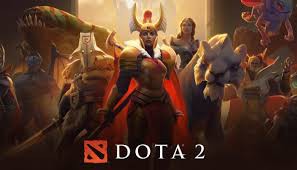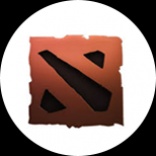Mastering Dota 2: A Comprehensive Guide to Success
Introduction
Dota 2 is a complex multiplayer online battle arena (MOBA) game where two teams of five fight to destroy the enemy’s base. This guide will help beginners understand the basics, from selecting heroes to playing the map efficiently.
What is Dota 2?
The game revolves around choosing a hero, playing in one of three lanes (top, mid, bottom), and using skills, teamwork, and strategy to outplay the opposing team. The main goal is to destroy the enemy’s Ancient, located deep in their base.
Understanding the Map
The Dota 2 map is divided into three lanes. In addition, there is the jungle, filled with neutral creeps for farming. Warding key areas grants vision, helping your team avoid ambushes or prepare for battles.
Heroes and Roles
Each hero belongs to one of three types: strength, agility, or intelligence. Players fill roles like carry (the late-game powerhouse), support (helping teammates with heals and stuns), or mid-laner (often the team's playmaker).
Early, Mid, and Late Game Strategy
Early game focuses on farming and staying safe, while mid-game involves ganking and pushing towers. Late game is where team fights decide the outcome. Always work with your team and choose the right time to engage.
Conclusion
Practice, learn hero matchups, and communicate with your team. These basics will set you up for success in the complex world of Dota 2.

Introduction
Dota 2 is constantly changing due to patches that adjust heroes, items, and game mechanics. Keeping up with these changes is essential for staying competitive.
Understanding Patch Notes
Patch notes detail all changes made to the game. These include buffs (strengthening heroes or items) and nerfs (weakening them). Regularly reading patch notes helps you stay updated on what’s relevant in the current meta.
How the Meta Changes
The meta refers to the most effective strategies and heroes for winning games. Every patch brings a shift, making certain heroes stronger while others fall out of favor. Adapting your playstyle to fit the new meta is key to improving.
Adapting Playstyle
If your favorite hero gets nerfed, learn other strong heroes in the patch. Flexibility is essential in staying ahead. Similarly, item changes can significantly impact builds, so experimenting with new options is necessary.
Conclusion
The meta in Dota 2 evolves constantly, so staying flexible and informed is critical. Read patch notes, watch pro games, and adjust your strategy to the latest changes.

 100
Play
100
Play
Introduction
In Dota 2, communication is key to winning. Effective teamwork can make even a losing game winnable. This guide will focus on how to communicate and coordinate with your team for better performance.
The Basics of Communication
Use the in-game chat or ping system to share vital information with your teammates. Avoid spamming or being toxic; focus on communicating things like missing enemies, ward placements, and the need for assistance.
Role-Based Communication
Each role has different communication needs. Supports should inform the carry about ward placements or pulling jungle creeps. The mid-laner can call for ganks when they are ready to roam and assist.
Coordinating Ganks and Team Fights
Ganks (ambushes on enemy heroes) require coordination. Be sure to call for backup before engaging. During team fights, use voice or chat to communicate which enemy hero to target first and when to disengage if the fight goes poorly.
Conclusion
Communication in Dota 2 is about more than just calling for help; it’s about working together to win the game. Respectful, efficient communication will drastically improve your win rate and overall gameplay experience.


